Iksan Sungnimsa Temple (숭림사(익산))
0m 7496 2024-04-07
495-57, Baekje-ro, Iksan-si, Jeonbuk-do
+82-53-862-6394
Sungnimsa Temple is one of the major temples in Iksan under Geumsansa Temple and was believed by some to have been built by monk Jinpyo Yulsa during the reign of King Gyeongdeok (742-764) during the Silla period. Others believe that the temple was established during the first year of King Chungmok of the Goryeo dynasty in 1345. Sungnimsa Temple was named in honor of great monk Bodhi-Dharma, who practiced seated Zen meditation for nine years at Sorimsa Temple located deep inside Sungsan Mountain in China. The temple was burnt down during the Imjin War (1592-1598), leaving only Bogwangjeon Hall. Bits and pieces of the temple were later restored in 1697, 1819, and 1892.
Sinseong-ri Reed Field (신성리 갈대밭)
5.1 Km 10782 2019-09-04
125-1, Sinseong-ri, Seocheon-gun, Chungcheongnam-do
+82-41-952-9525
As one of Korea’s top four fields of reeds, Sinseong-ri Reed Field (nearly 60,000 pyeong) has also been popularized as a filming location of the mega-hit Korean movie, “JSA.”
To protect the natural environment, only 2-3% of the entire area of field of reed has been developed into a park. About 100,000 migratory birds (40 species) pass through every winter (especially in December and January). In fall, the golden fields of reeds create a romantic atmosphere along the banks of the glittering Geumgang River.
Nearby tourist attractions include a riverbank resort, Wolmyeong Park (in Gunsan), Chunjangdae Beach (in Seocheon-gun) and Hansan Ramie Fabric Museum.
* Period to see the golden fields: July to February
Iksan Ipjeomni Ancient Tombs (익산 입점리 고분)
5.6 Km 7115 2024-04-07
80, Ipjeomgobun-gil, Iksan-si, Jeonbuk-do
+82-63-859-5875
The Iksan Ipjeomni Ancient Tombs are a group of ancient Baekje-era tumuli located 100 meters above sea level on the northeast brow of Chilmokjae Hill in Ipjeom-ri, Iksan-si, Jeollabuk-do. The burial ground covers an area of more than 18,520 square meters and is officially listed as Historical Site No. 347. To date, a total of eight tumuli have been excavated, all of which are chamber tombs.
Surprisingly enough, the tombs were first discovered in 1986 by a high school student. While digging for arrowroot, a young man from a local high school found some pieces of gold that resembled a hat. He quickly notified the authorities and it was soon discovered that the pieces of gold were in fact valuable ancient artifacts. An emergency excavation was conducted and the eight tumuli were uncovered, but unfortunately all of the tumuli except Tomb No. 1 had been severely damaged. Tomb No. 1, which is still in relatively good condition, boasts an entrance measuring an impressive 16 meters in x_height and 2 meters in x_width.
Inside the tombs archaeologists found valuable relics from the Baekje dynasty including earthenware, jewelry (a gilt-bronze hat, gold earrings, glass beads, etc.), harnesses and ironware. Given the shapes and the types of the pieces found, historians estimate that the tumuli were built in the 5th century. Since the gilt-bronze hat is similar in shape to those found in Japan, experts believe that there was an active exchange between the Baekje people and the people of Japan.
Seocheon Dalgogae Mosi Village (서천 달고개모시마을)
8.5 Km 20691 2021-03-10
5, Hwahan-ro 504beon-gil, Seocheon-gun, Chungcheongnam-do
+82-41-950-6380
In Seocheon Dalgogae Mosi Village, the long-standing tradition of Hansan mosi (ramie fabric) is passed down and preserved in the hands of the village women. Hansan mosi is also called fine ramie because of the time-consuming and labor-intensive process involved. The village offers a variety of mosi-themed experience programs for visitors with the help of experienced village artisans. Programs include ramie plant harvesting and ramie fabric weaving. Visitors can also try some highly nutritious ramie rice cakes and tea.
Nabawi Catholic Church (화산천주교회(나바위 성당))
9.8 Km 9117 2024-04-07
146, Nabawi 1-gil, Iksan-si, Jeonbuk-do
+82-63-861-9210
Nabawi Catholic Church is located in Hwasan-ri, Mangseong-myeon in Iksan, Jeollabuk-do Province and is known as the oldest surviving catholic church in the Jeolla-do region. The church was built in 1906 to commemorate the return of priest Kim Dae-geon in 1845 (Joseon dynasty) after he was ordained in Shanghai, China. Inside the church stand two monuments: one built in 1954 to honor Joseph Vermorel (French missionary, 1860-1937) and one built in 1955 to honor priest and martyr Kim Dae-geon. Considered the most significant catholic relic of the Jeolla-do region, the church is sought out by large numbers of Catholic visitors each year.
Hansan Ramie Fabric Cultural Festival (한산모시문화제)
10.4 Km 24172 2024-03-28
1089 Chungjeol-ro, Seocheon-gun, Chungcheongnam-do
+82-41-950-4256
Hansan Ramie Fabric Cultural Festival continues the tradition of recognizing Hansan ramie fabric, or "mosi" in Korean, registered as a UNESCO Intangible Cultural Heritage of Humanity. Visitors can experience weaving traditional Korean natural fiber as well as try on mosi clothing. Various other programs and events are planned including a fashion show, designer competition, and more.
Seocheon Hansan Mosi Museum (서천한산모시관)
10.4 Km 3485 2018-09-06
1089, Chungjeol-ro, Hansan-myeon, Seocheon-gun, Chungcheongnam-do
Mosi (Ramie Fabric) is one of Hansan’s special local products, along with sogokju liquor. Seocheon Hansan Mosi Museum explains the history and process of making mosi, as well as provides visitors with a chance to see it being made by skilled artisans. With the assistance of Bang Yeon-ok, visitors can try their hand at the process, designated Important Intangible Cultural Heritage No. 14, or try other experience programs such as natural dying and making useful items.
Seodongyo Theme Park (서동요 테마파크)
10.8 Km 15654 2021-06-10
616, Chungsin-ro, Buyeo-gun, Chungcheongnam-do
+82-41-832-9913
Seodongyo Theme Park is an open film set studio in a huge 33,000 square meter plot of land. The theme park offers various sets from Goryeo to Joseon dynasty as well as royal residences of Baekje dynasty, the commoners’ village, the village of the nobles and more. The set was the backdrop of various dramas including “Ballad of Seodong (2005), “The Great Sheer (2012)” and more. Visitors can also engage in various experience programs.
Munheonseowon Confucian Academy (문헌서원)
11.6 Km 7460 2020-06-18
66, Seowon-ro 172beon-gil, Seocheon-gun, Chungcheongnam-do
+82-41-953-5895
Munheonseowon Confucian Academy was established to pay tribute to the memory of Lee Gok (1298-1351) and Lee Saek (1328-1396) who were well-respected for their writings and character. The school was originally built in 1594, but was burnt down during the Imjin War (1592-1598). It was rebuilt in 1610 and became a legislated private institute in 1611.
The academy consists of an educational area and a shrine. Mortuary tablets of five Confucian scholars including Lee Jong-hak, Lee Ja, Lee Gae as well as Lee Gok and Lee Saek were enshrined at the school.
Munheon Hotel [Korea Quality]문헌전통호텔[한국관광 품질인증]
11.7 Km 0 2023-12-04
49-1 , Seowon-ro 172beon-gil, Seocheon-gun, Chungcheongnam-do
+82-41-953-5896
Munheon Hotel is a hanok stay in Seocheon, Chungcheongnam-do. Wooden floors and beams, earthen walls and stone footings, ondol-heated floors and wooden patios - these are the distinctive features that make hanok so deeply unique. All four buildings in the hotel have these features; each has two comfortable guest rooms, and it’s also possible to rent the entire hotel for groups or conferences.

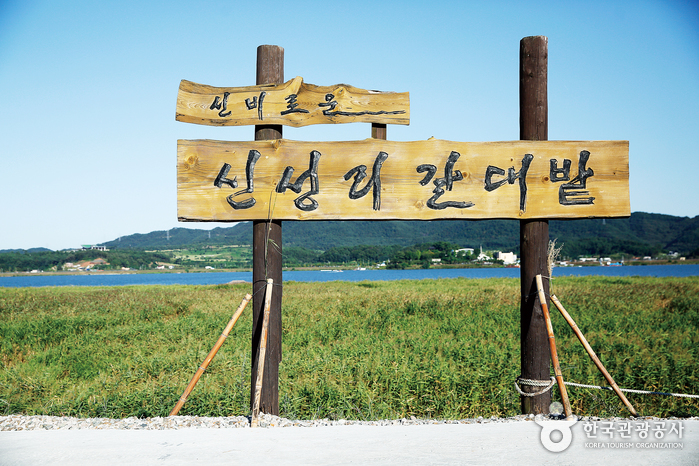
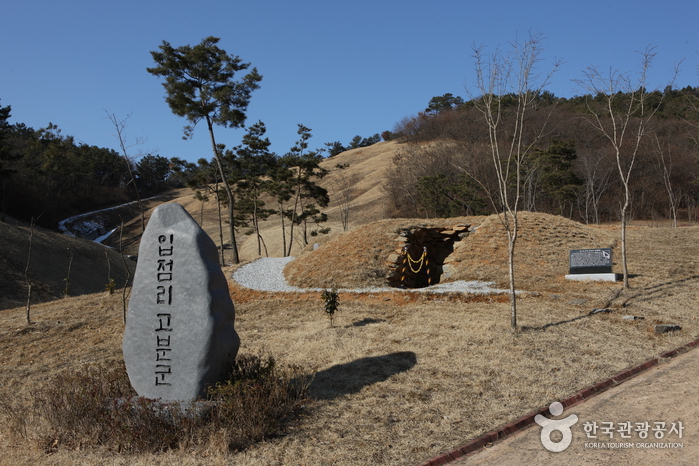
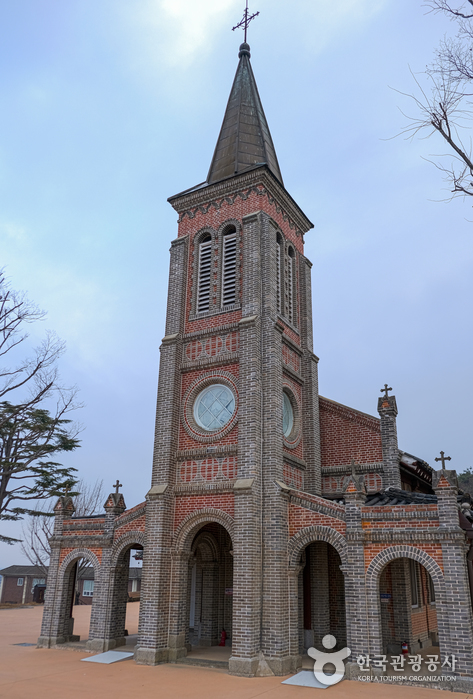
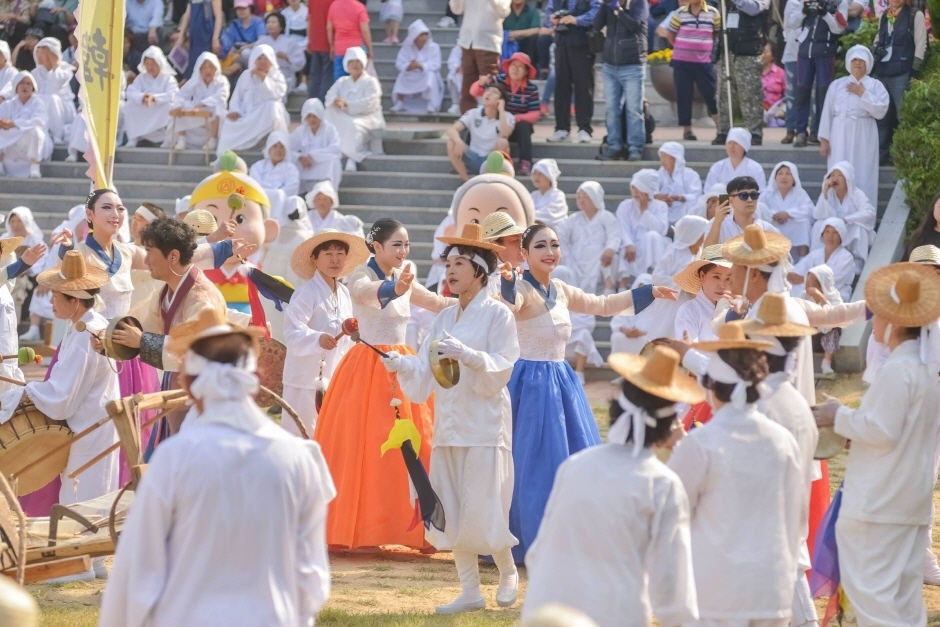
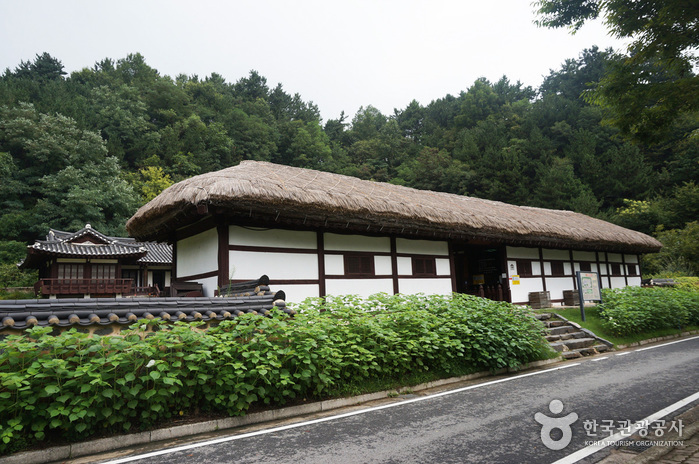
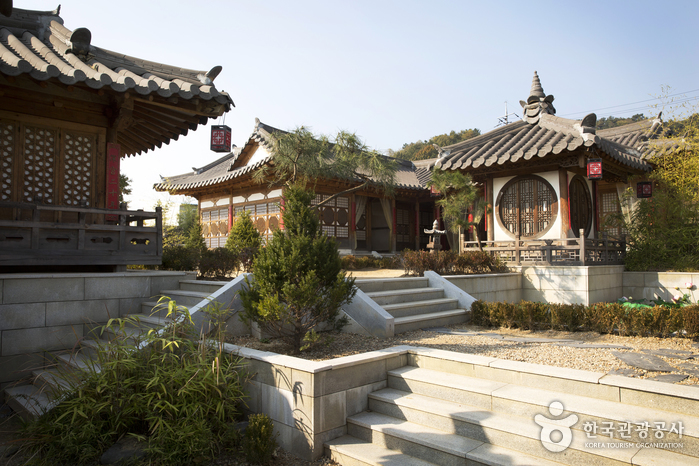
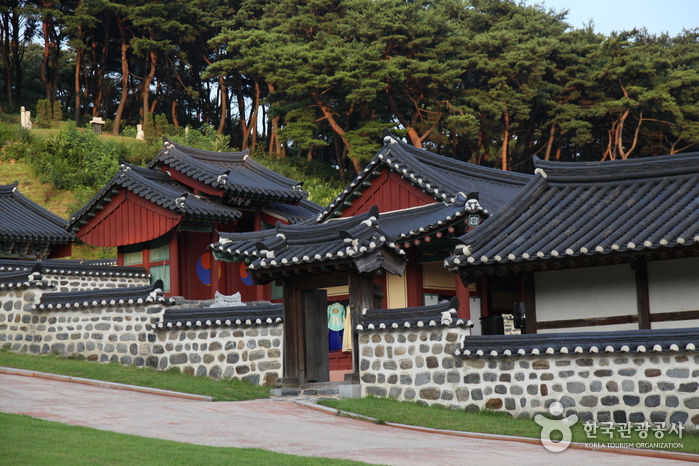
![Munheon Hotel [Korea Quality]문헌전통호텔[한국관광 품질인증]](http://tong.visitkorea.or.kr/cms/resource/63/3042263_image2_1.jpg)
 English
English
 한국어
한국어 日本語
日本語 中文(简体)
中文(简体) Deutsch
Deutsch Français
Français Español
Español Русский
Русский